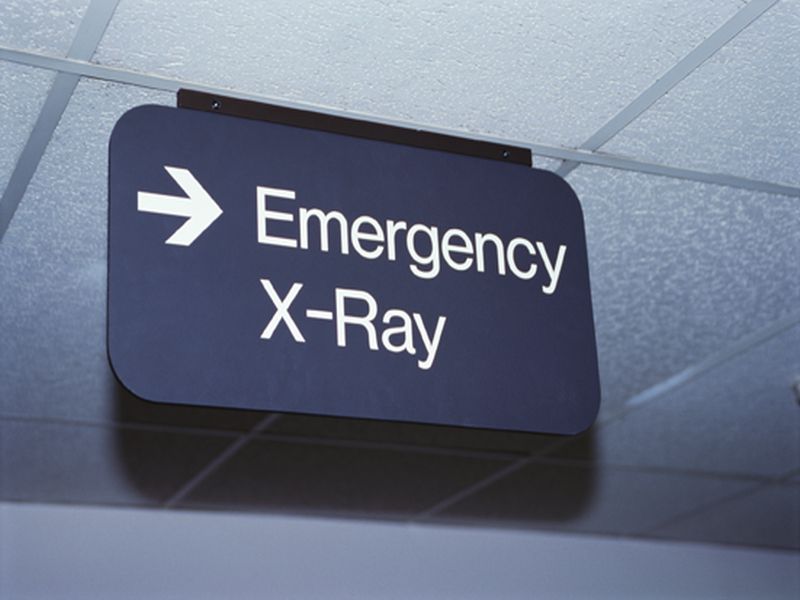THURSDAY, Jan. 31, 2019 (HealthDay News) — Using medical scribes in emergency departments is a smart way to increase the number of patients seen by doctors and reduce the time patients spend there, a new study indicates.
Medical scribes do administrative tasks, such as documenting visits while a doctor evaluates the patient, printing out paperwork and arranging tests and appointments.
While most doctors find scribes helpful, there has been little research into the benefits of using them in emergency rooms, and no evaluation of how their use might affect patient safety.
In this study, researchers examined the productivity of doctors, working with and without scribes, in five Australian emergency departments (ED). The scribes were medical or pre-med students who were trained before the study and randomly assigned to doctors’ routine shifts.
Researchers ended up with data from 589 scribe-assisted shifts (5,098 patients) and 3,296 unassisted shifts (23,838 patients). Scribes increased the number of patients per hour for each doctor by 15.9 percent overall and 25.6 percent for primary consultations.
How long patients waited to see a doctor did not change, but they spent 19 minutes less in the ED when a scribe was present.
The impact was greatest when scribes were with senior doctors at triage — where cases are assessed and prioritized, tests are ordered and some treatments begun, before patients see a doctor in the main ED.
No significant safety issues occurred when scribes were used. One in 300 scribed consultations involved a patient safety incident. Most involved incorrect patient identification and ordering of tests. In half those incidents, the scribe helped prevent a medical error, according to the study published Jan. 30 in the BMJ.
Researchers concluded that using scribes could save a hospital $26.15 per scribed hour if the hospital covered the cost of training, and $31.15 per scribed hour if the scribe paid for the training.
Dr. Katie Walker, director of emergency medicine research at Cabrini Hospital in Melbourne, Australia, led the study.
“Given the strong preference of physicians for working with a scribe, no effect on the patient experience, minimal risk, and the productivity and throughput gains outlined, emergency department and hospital administrators should strongly consider the potential local utility of scribes in their workforce and financial planning,” Walker and colleagues concluded in a journal news release.
More information
The American College of Emergency Physicians has more on visiting the emergency department.
Copyright © 2025 HealthDay. All rights reserved.

